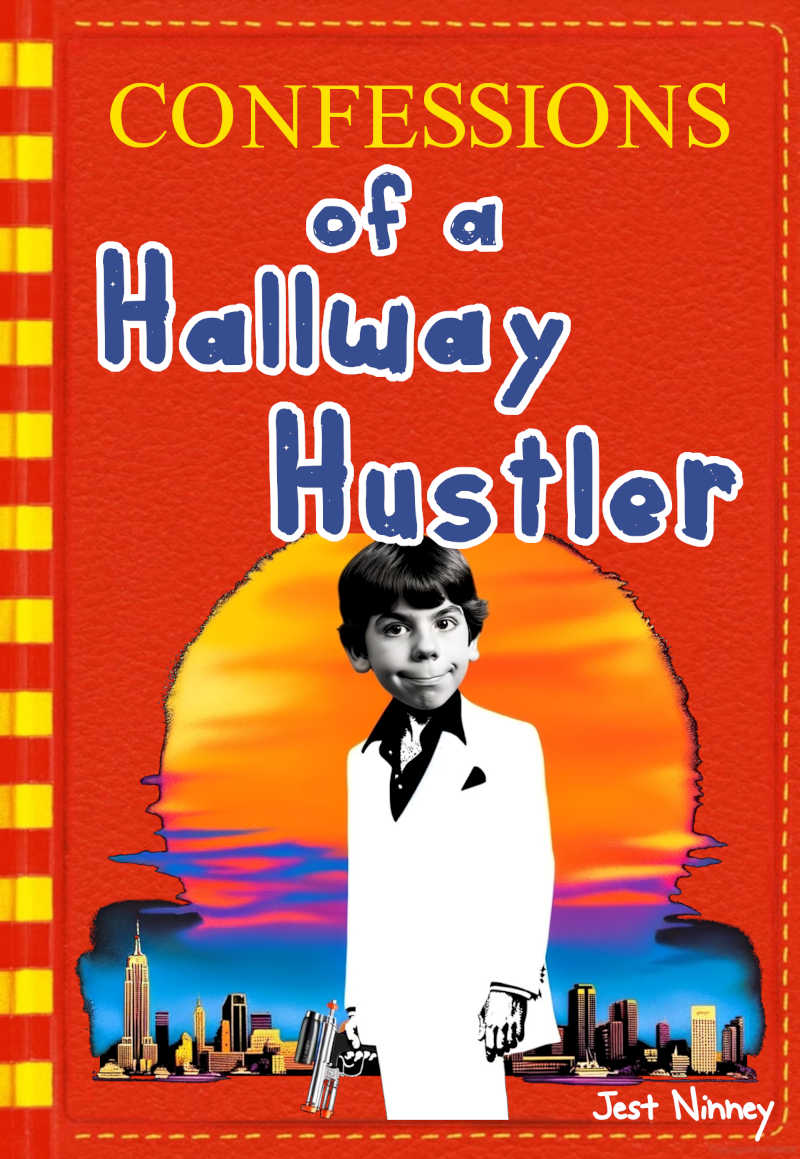Introduction
Parody is a form of humor or criticism where creators imitate the style of someone else or another piece of work.
Self-parody is a special kind of parody. In self-parody, creators make fun of their own work, style, or persona.
Evolution of Parody into Self-Parody
Parody has been around for millennia. It started in literature and theater. Over time, it evolved to include self-parody.
One famous example is Charlie Chaplin. In his later films, he made fun of his own earlier works. This showed that he was aware of how people saw him and his art.
Types of Self-Parody
In Literature
In books and plays, self-parody is common. One example is “Rosencrantz and Guildenstern Are Dead” by Tom Stoppard. This play makes fun of the characters from Shakespeare’s “Hamlet.” Stoppard also pokes fun at his own style of writing in the play.
In Film and Television
Movies and TV shows also use self-parody. “Spaceballs” is a film by Mel Brooks that does this. It makes fun of his own style of comedy, as well as popular science fiction movies.
In Music
Musicians sometimes parody their own songs. Weird Al Yankovic is one example. He has made fun of his own style in songs like “Genius in France,” which parodies his usual musical style.
In Social Media and Internet Culture
Memes and viral videos can become self-parodies too. For example, a popular meme might start as a joke about a celebrity. Then, it might evolve to make fun of the people who share the meme.
The Psychology of Self-Parody
Humor and Self-Reflection
Self-parody allows creators to show that they know themselves well. It also shows that they don’t take themselves too seriously. This can make them more likable.
Risk of Alienating the Audience
But there’s a risk. Too much self-parody can confuse or turn off the audience. If a TV show makes fun of itself too much, people might stop watching.
Inadvertent Self-Parody
Sometimes, self-parody is not on purpose. A public person might become a joke without knowing it. This happens when they act in a way that is too extreme or silly, and people start to see them as a parody of themselves.
The Impact of Self-Parody
On the Original Work
Self-parody can change how people see the original work. It can make the original more interesting. But it can also make people take the original less seriously.
On Culture and Society
Self-parody can shape how we see the world. It can make us think about serious topics in a new way. For example, a movie that makes fun of politics can get people to talk about real political issues.
Case Studies
Successful Self-Parody: “Deadpool”
“Deadpool” is a good example of successful self-parody. Both the comic book and the movie make fun of superhero stories. They also make fun of Deadpool himself. This has made Deadpool extremely popular.
Here are 3 examples of self-parody in “Deadpool.”
1. Breaking the Fourth Wall
One of the most notable ways “Deadpool” employs self-parody is by breaking the fourth wall. The character Deadpool, played by Ryan Reynolds, frequently talks directly to the audience. This not only makes fun of the traditional superhero movie format but also pokes fun at Deadpool himself. For instance, he refers to himself as a character in a movie and even mentions the actors who play other characters, acknowledging the fictional nature of his own existence.
2. Mocking Superhero Tropes
Deadpool openly mocks common superhero tropes, thereby parodying not just the genre but also his own character within that genre. For example, while most superheroes have a dramatic origin story, Deadpool makes light of his own. He jokes about the clichés of gaining superpowers through tragic circumstances, thereby making fun of his own character’s foundational elements.
3. Self-Referential Humor About Ryan Reynolds
The movie also includes self-parody through its star, Ryan Reynolds. Deadpool makes several jokes that refer to Reynolds’ previous roles and career, including his ill-fated portrayal of Green Lantern. By doing this, the movie is not just making fun of the Deadpool character but also the actor who plays him, adding another layer of self-parody.
Unsuccessful Self-Parody: “Scary Movie 5”
Sometimes self-parody doesn’t work. For example, a TV show might lose viewers if it makes fun of itself too much. People might feel that the show is not serious about its own story.
“Scary Movie 5,” released in 2013, is an example of unsuccessful self-parody. The “Scary Movie” franchise began as a parody of popular horror films, and it was initially well-received for its clever humor and timely references.
However, by the time the fifth installment rolled around, the series had started to parody itself, rehashing its own jokes and comedic style.
Why It Failed
- Loss of Originality: The film recycled many of its own jokes and tropes, making it feel stale. The audience had already seen these elements in earlier films in the series.
- Confusion: The attempt at self-parody muddled the film’s intent. It was unclear whether the film was making fun of horror movies, as it originally did, or making fun of itself for making fun of horror movies. This confusion alienated viewers.
- Audience Expectations: Fans of the original films expected new, sharp parodies of current horror movies. The self-parody elements disappointed these fans, as they felt the film was not delivering what the franchise had initially promised.
- Critical and Commercial Reception: The film was poorly received by critics and has a rating of just 4% on Rotten Tomatoes. It also underperformed at the box office, making it the lowest-grossing film in the “Scary Movie” series.
Conclusion
Self-parody is complex. It can make a work of art or a person more interesting. But it can also be risky. Too much self-parody can turn people off for being self-indulgent.
Further Study
- Martin, Rod A. “The Psychology of Humor: An Integrative Approach.” Academic Press, 2006.
- Thompson, Ethan. “Parody and Taste in Postwar American Television Culture.” Routledge, 2011.

